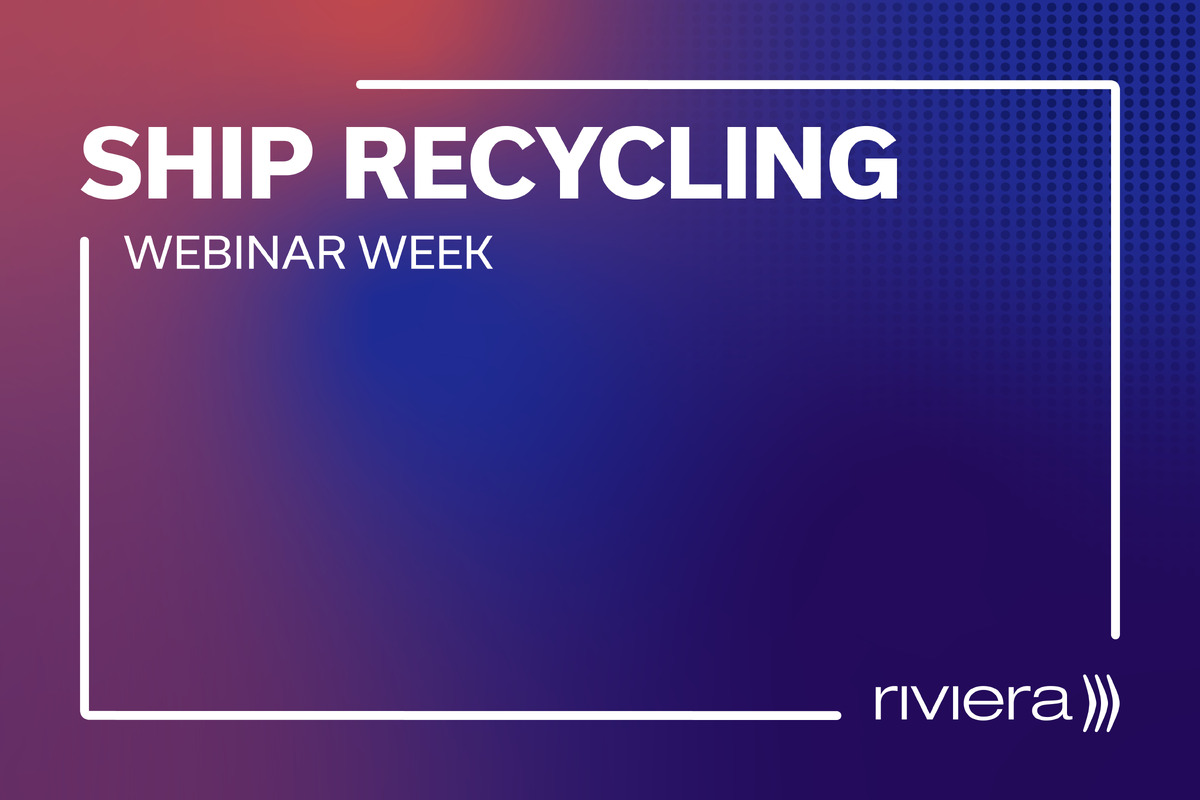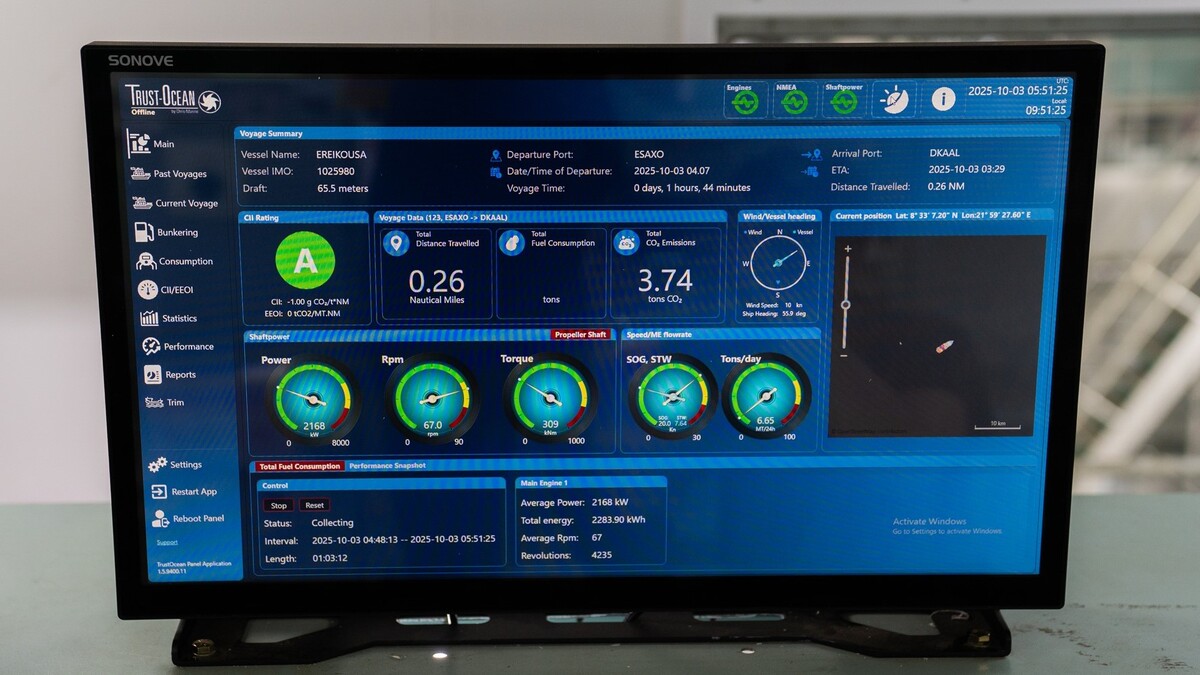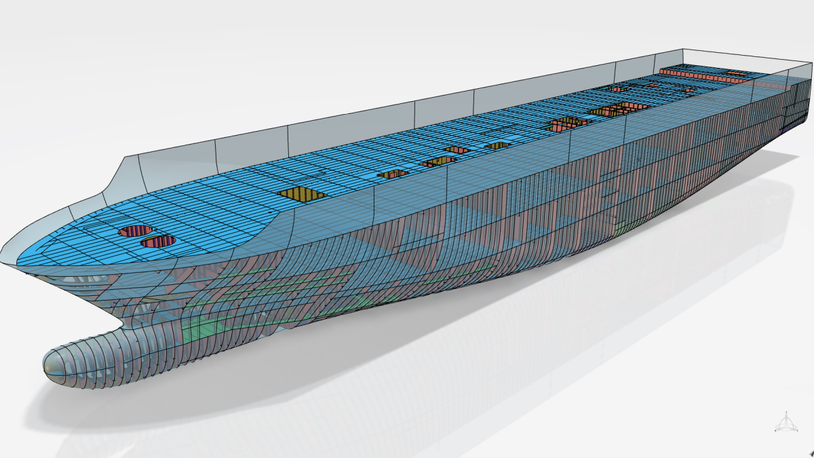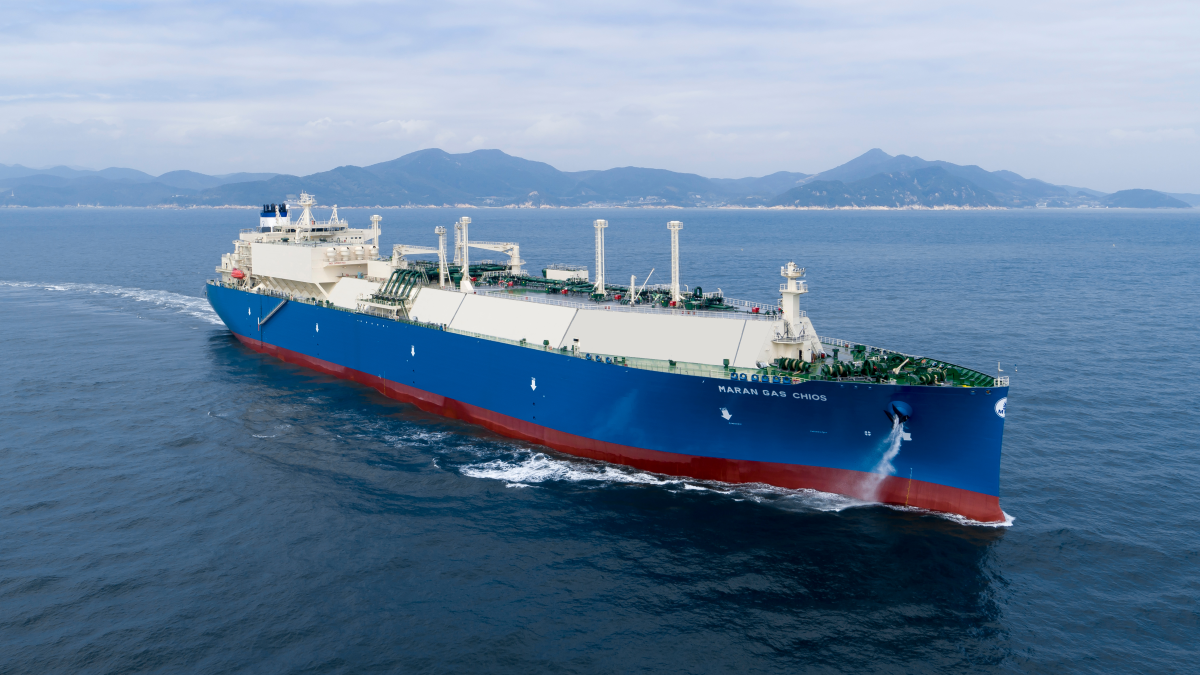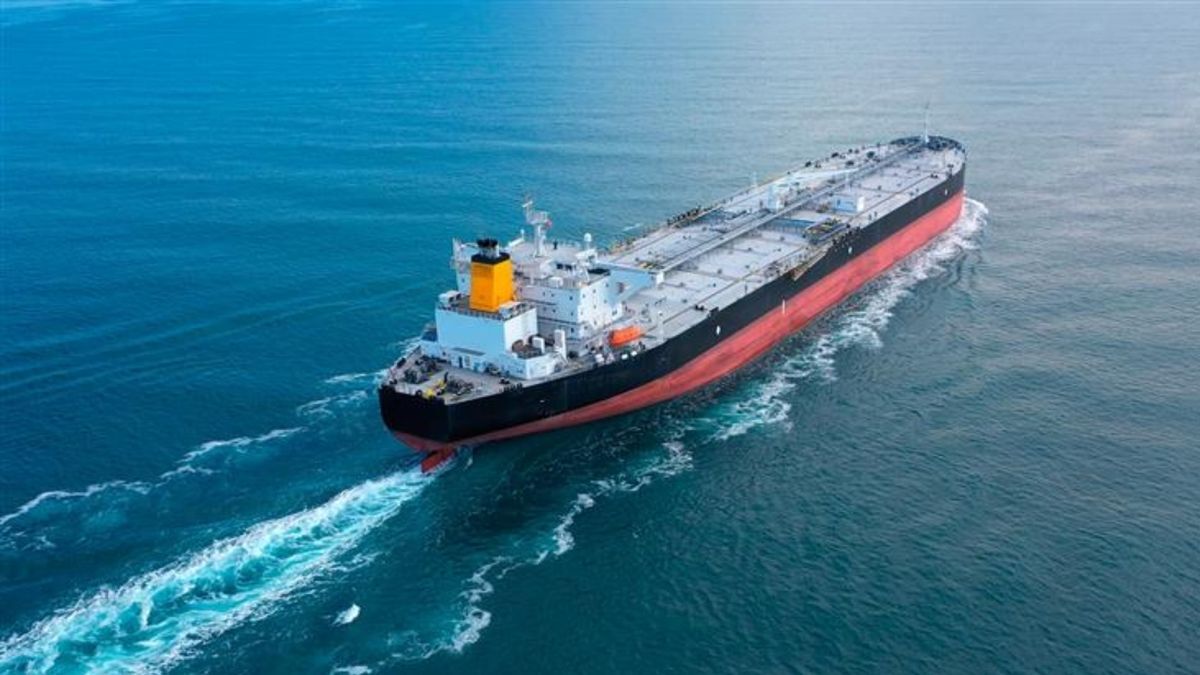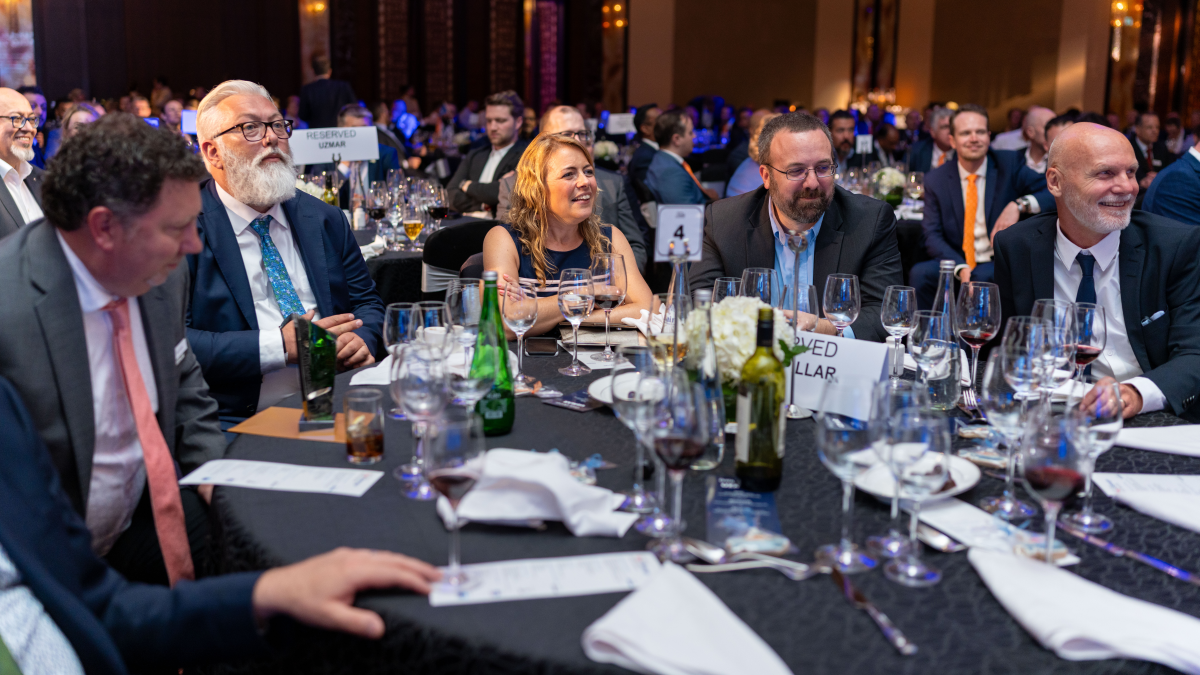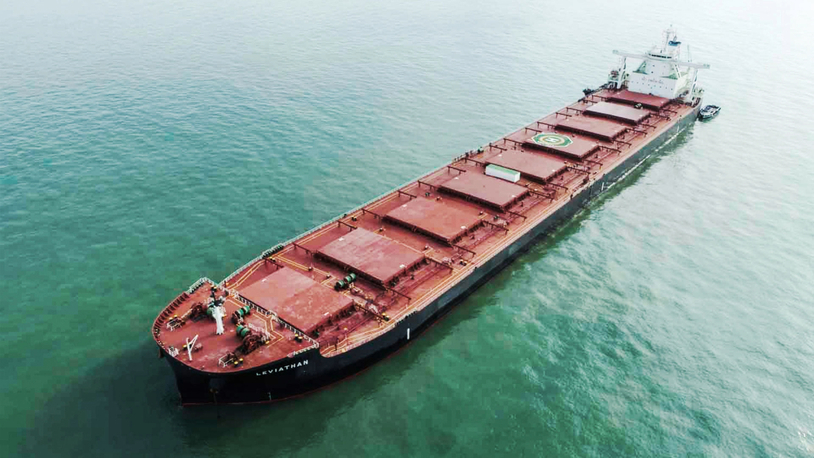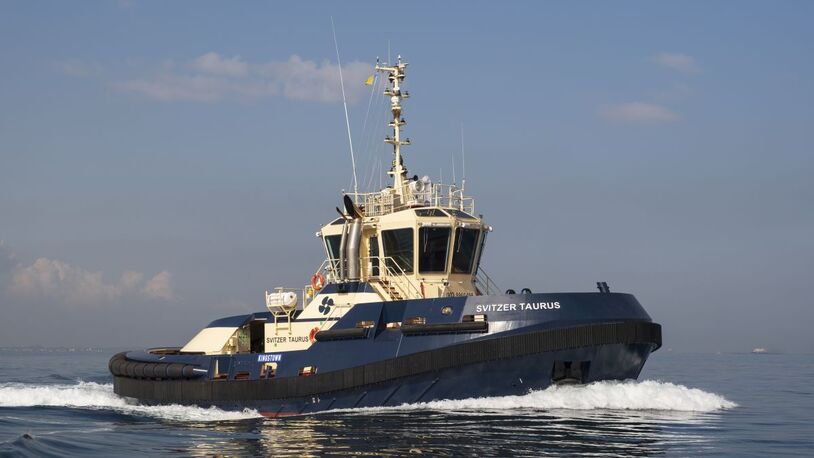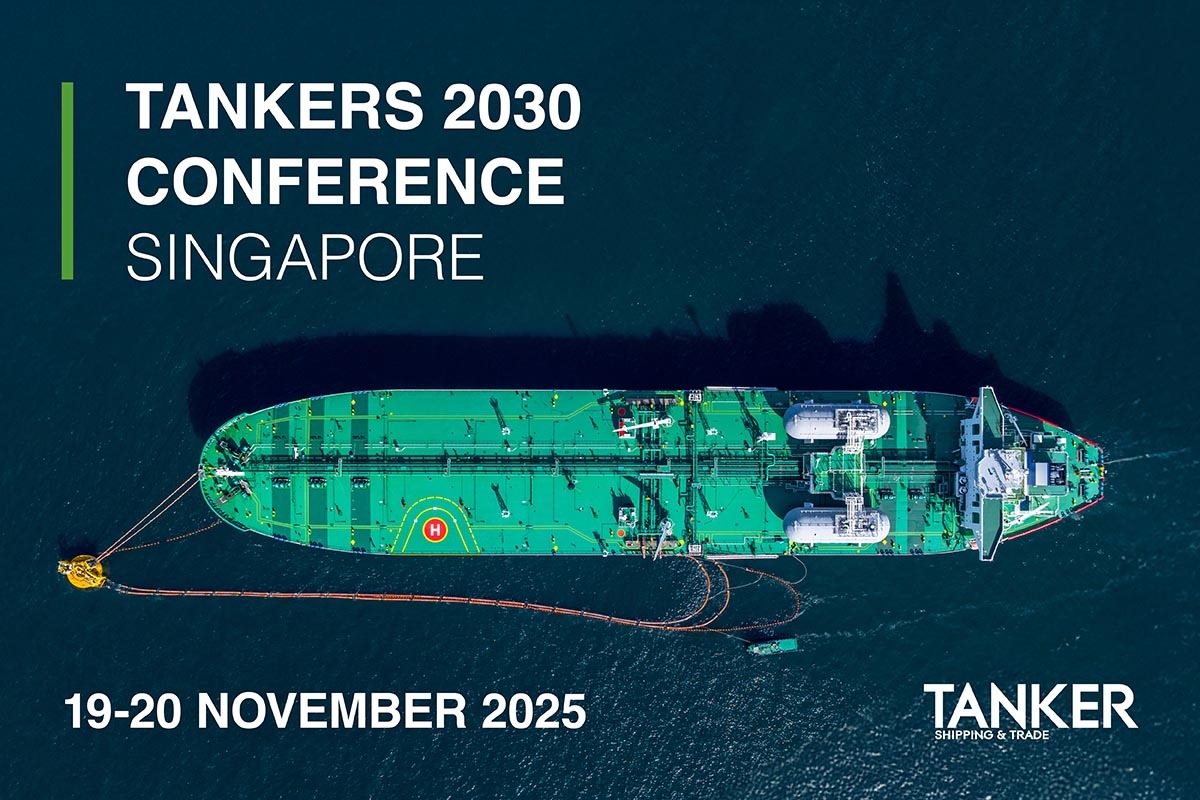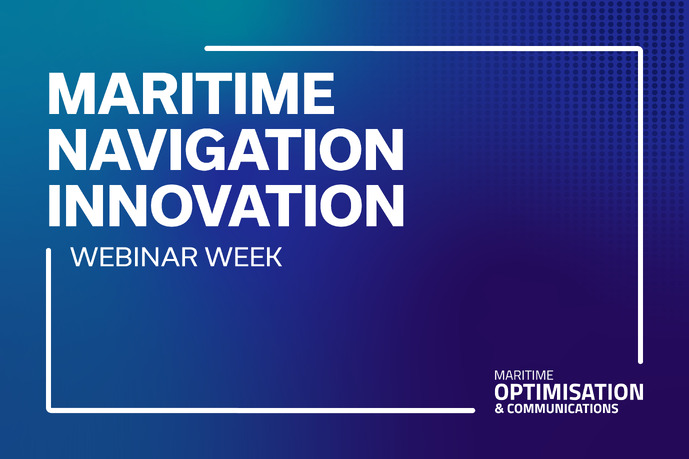Business Sectors
Events
Ship Recycling Webinar Week
Contents
Reach Subsea to bring low-emissions USVs to market in 2022
Reach Subsea in Norway says it plans to introduce two uncrewed surface vessels (USVs) to the market in 2022 and offer a full portfolio of services from USVs by 2025
The company has been developing the ’Reach Remote’ concept for the last 18 months, working with industry partners including Kongsberg Maritime and Massterly. The project has also benefited from a grant from Innovation Norway.
In a statement, the company said the first stage of Reach Remote will see it introduce USVs dedicated to survey, inspection and light repair projects. “These USVs will serve as mobile power banks, data centres and communications modules for remotely operated vehicles, with the USVs and ROVs operated from an onshore control centre,” the company said.
“Features for real-time operator control and autonomous operation will be incorporated, as well as hybrid modes blending remote and semi-autonomous control.”
The company said the low-emissions, cost-effective subsea services provided by Reach Remote have been received with great interest in the offshore wind industry and by oil and gas asset owners.
“Reach Remote will be an enabler, building on framework agreements already in place to position Reach as a preferred supplier of survey, inspection and light repair services to the fast-growing offshore wind industry,” the company claimed. “It will also be key to providing services to other markets, such as aquaculture, seabed mining and environmental monitoring.”
“Technology is enabling a radical redesign of how ROV operations are performed, shifting from a capital- and personnel-intensive setup operated from larger, energy-intensive offshore vessels to a lean, remote and autonomous platform, with certified personnel located onshore,” the company said.
“Reach Subsea’s operational competence – together with Kongsberg Maritime’s advanced technology and Massterly’s efforts in autonomous maritime operations – are vital to unlocking this opportunity.”
Currently, Reach provides its subsea services from six vessels. A typical Reach project today involves 30-50 personnel on a vessel. “With Reach Remote, the same project can be executed with a much smaller, more fuel-efficient vessel and a third of the personnel, who will be located onshore,” the company explained.
Apart from a significant reduction in cost and emissions, enhanced operational efficiencies and enhanced safety, the company said that, compared to using manned vessels, Reach Remote will result in a significant reduction in the cost of subsea survey and inspection services.
Financing for the construction of the USVs is being evaluated and could involve new equity, new debt, industrial partnerships or a combination thereof.
The USVs will be approximately 25 m in length and are designed for reduced energy consumption and ‘minimal carbon footprint’ with a ‘redundant hybrid electric propulsion configuration.’
Reach Subsea chief executive Jostein Alendal said, “Based on feedback from our clients, we believe the time is right to introduce Reach Remote to the market.
“Even though the transition from manned to unmanned needs time, it is realistic to aim for a fleet of at least 10 USVs as early as 2025.
“There is no doubt in my mind that we have joined with the right partners to drive the development of this transition. Unmanned and carbon neutral offshore operations is a bold ambition, but with right team and the right partners we believe it is achievable.”
Riviera will provide free technical and operational webinars in 2021. Sign up to attend on our events page
Related to this Story
Events
Ship Recycling Webinar Week
International Bulk Shipping Conference 2025
Tankers 2030 Conference
Maritime Navigation Innovation Webinar Week
© 2024 Riviera Maritime Media Ltd.
